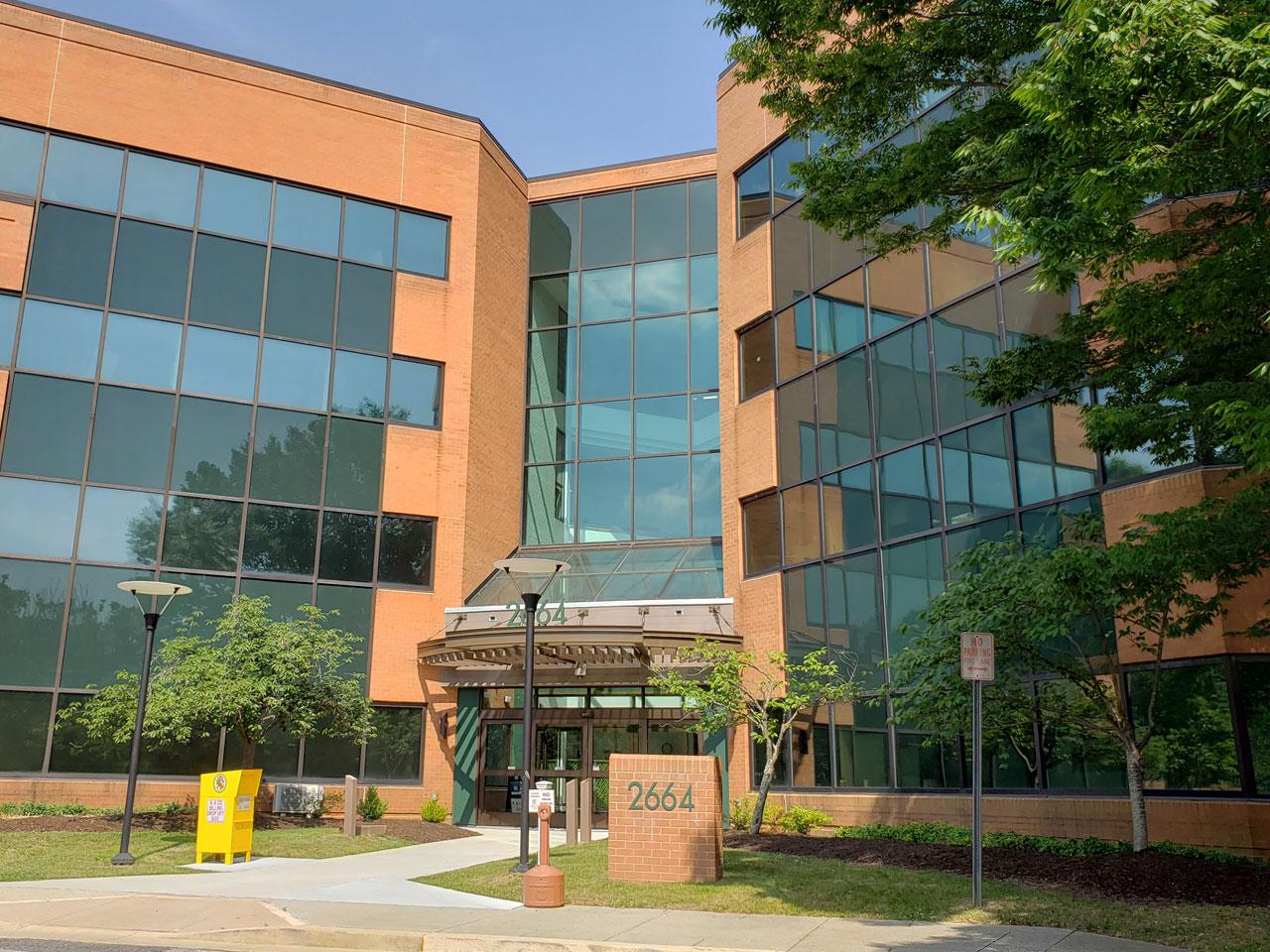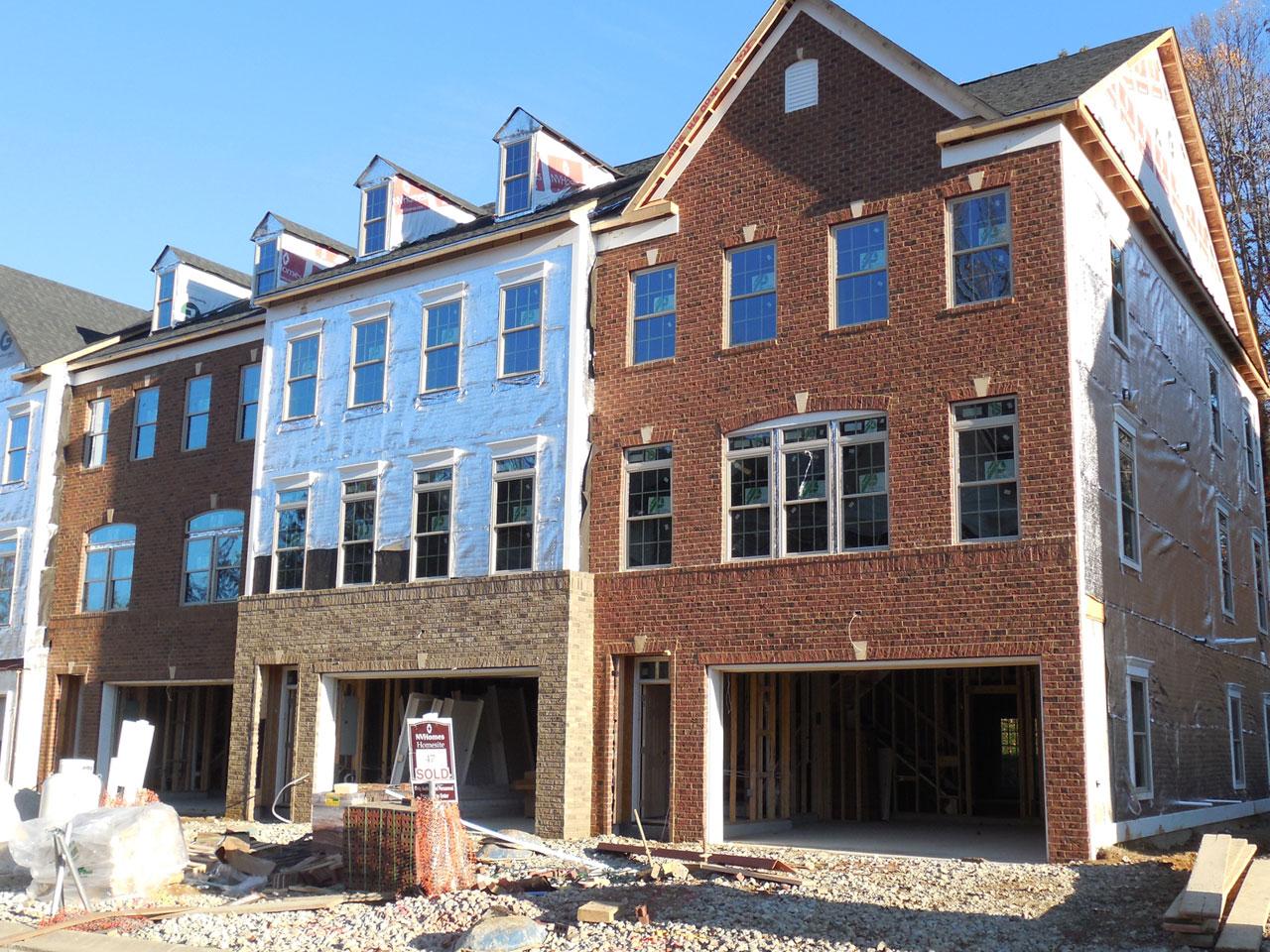Special Residential Development Considerations
In 2012, the Maryland General Assembly passed the Sustainable Growth and Agricultural Preservation Act of 2012 to address major developments served by on-site sewage disposal systems and their impact on the Chesapeake Bay and its tributaries. The legislation requires all local jurisdictions in Maryland to develop and adopt a system of Growth Tiers for future residential development. Four tiers were established to identify where major and minor residential subdivisions may be located in a jurisdiction and what type of sewerage system can serve them.
| Criteria | Development Requirements | |
|---|---|---|
| Tier 1 | • areas served by public sewer systems • areas in locally designated growth area | • major and minor subdivisions are permitted • all new subdivisions must connect to public sewer systems |
| Tier 2 | • areas that are planned to be served by public sewer systems (per the County’s adopted Water and Sewer Master Plan) • areas in locally designated growth area | • major subdivisions are permitted and must connect to public sewer systems • minor subdivisions are permitted and may connect to public sewer systems or utilize on-site septic systems • minor subdivisions using on-site septic systems are considered interim and must connect to public sewer when available |
| Tier 3 | • areas not planned for public sewer service • areas planned and zoned for large lot or rural development | • major and minor subdivisions are permitted and must utilize on-site septic systems or private community systems • public sewer systems are not available |
| Tier 4 | • areas not planned for public sewer service • Rural Legacy and Priority Agricultural Preservation areas • areas subject to conservation easements or covenants • areas planned and zoned for land, agricultural, or resource protection or preservation | • major subdivisions are not permitted • minor subdivisions are permitted and must utilize on-site septic systems • public sewer systems are not available |
Workforce Housing is a Conditional Use allowed in R5, R10 and R15 Zoning Districts. The details and bulk regulations for this specific type of development are available in Article 18-10-169.
Applicants proposing a Workforce Housing development must comply with the regulations outlined in the Green Notice regarding how to initiate and complete such a project.
“Dwelling unit, adult independent” means a dwelling unit of any type, without reference to the underlying zoning district, where the unit is occupied by at least one person who is 55 years of age or older and resident minor children are prohibited.
Development that is designated as AIDU is exempt from the Adequate Public Facilities testing for School capacity, per Article 17-5-202. Additional details on the provisions regulating AIDU specific development is available in the County Code via the link below.
Notably, some proposed developments have additional regulations related to AIDU dwellings in specified zoning districts. The conditional use provisions, when required per Article 18-4-106, can be found in Article 18-10-122.
Homeowner Tips and Recommendations
New development, and in some cases expansion or change of existing development, requires that sufficient utilities are available. If a project is required to connect to public water and sewer, testing for Adequate Public Facilities (APF) will be needed along with a connection to the water and/or sewer utility. Additional details for public utilities can be found in the APF section.
A development project that will utilize private well and/or private septic will be reviewed by the Health Department. It is important for applicants to know that when private septic is proposed, a percolation test is required. Percolation tests (aka “perc” tests) are only conducted during a limited time of the year that is considered a wet season. A development application will not proceed until a perc test is made and approved, therefore applicants should contact the Health Department as soon as possible. Details on the perc test process, in addition to private wells, can be found on the Health Department website.
Applicants should be aware that fees are required when new development, and redevelopment, are proposed. An application fee is charged at the time the application is made. There are other fees associated with the development process. Applicants may be responsible for some or all of the following fees: impact fees; fees-in-lieu for recreation area, open area, or forest conservation mitigation, etc.; modification application fees; water and/or sewer connection fees, and landscape bonding.
The list of potential fees can be found in Article 17-11-101. Additional fee information can be found for Impact Fees and Utilities Connections Fees.
Applicants must determine if a community meeting is required prior to submitting a development application, as some development processes require a pre-application community meeting.
In general, when a property is adjacent to a residentially zoned and used property, or there is an impact to an environmentally sensitive area, a community meeting is required. Full details on when a community meeting is required can be found in Article 17-2-107.
Furthermore, the Community Meeting website is available.
A common question from applicants is “When will my development application be approved or denied?” It is important to understand that every project is different, so there is no one-size-fits-all answer to this question.
All development applications require review from the County and various reviewing agencies. Once a development application is submitted, the County has between 45 to 60 days, depending on the type of application, to respond. A consolidated letter is provided to the applicant, including a summary as well as agency comment memos. The applicant then has a maximum of 60 days to resubmit plans, reports, etc., in response to the consolidated letter. The agency comments must be addressed and plans revised in order to move forward through the review process.
The review will continue until a decision can be rendered. It is rare for an application to be approved with the first submittal. Therefore it is reasonable to assume that an application will take a minimum of 180 days for approval or denial. This process will occur for both the Sketch or Preliminary Plan stage, and then again for the Final or Site Development Plan stage.
This timeline may vary depending on responsiveness of the applicant; the more comprehensive a resubmittal is in addressing the County’s outstanding comments, the more likely a project will progress in an efficient manner. Furthermore, applicants do not have to wait the full 60 days to resubmit materials, and the County may provide a consolidated letter review sooner than 60 days.

Location and Hours
Address
Heritage Complex, Building 2664
2664 Riva Road, Annapolis, MD 21401
Hours
Open: Mon - Fri, 8am-4:30pm
Customer Support: Mon - Fri, 8am - 3:45pm, or by appointment
Telephone Numbers
Residential (410) 222-7458
Regional (410) 222-7485
Critical Area (410) 222-7960
Transportation (410) 222-7462

